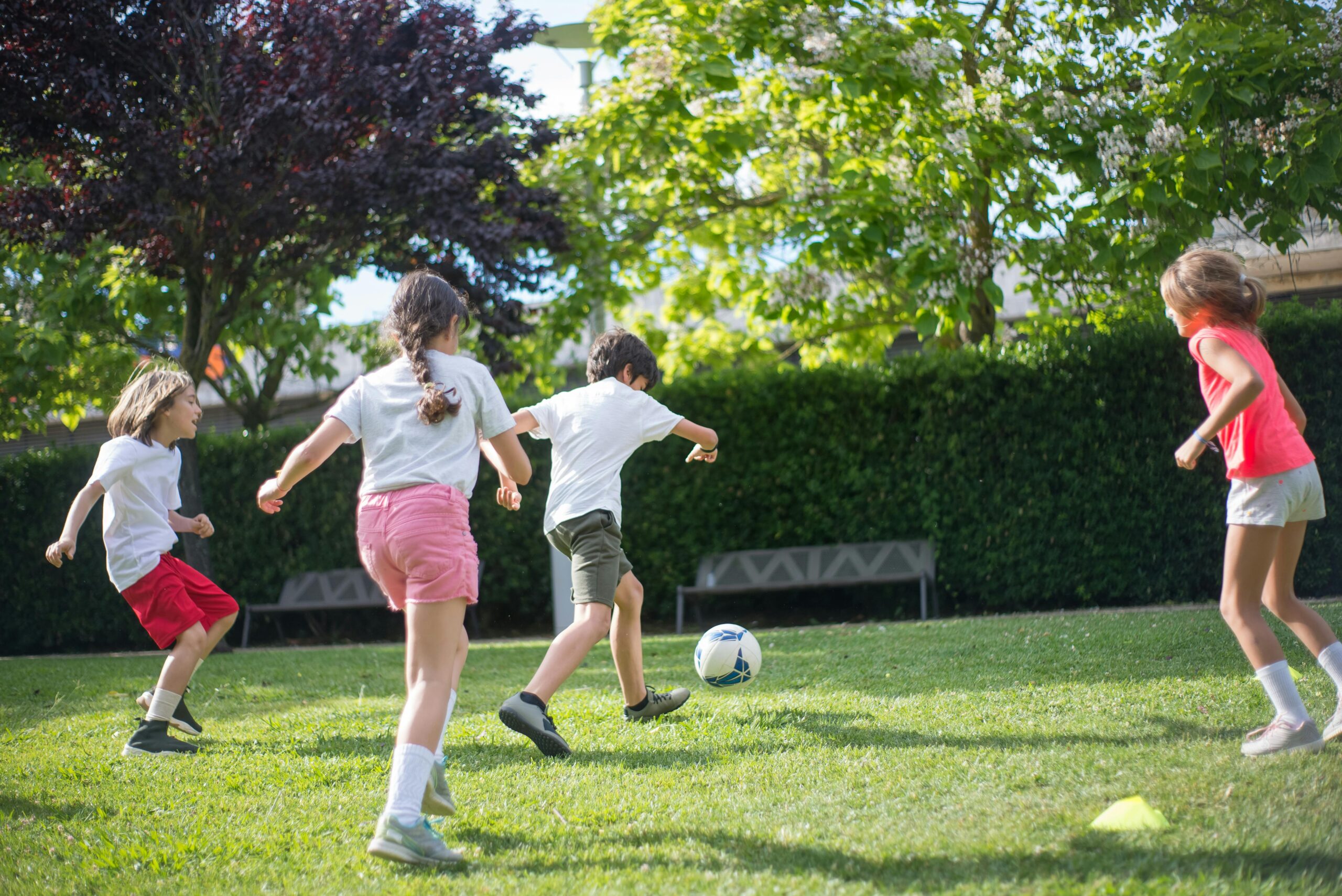 A positive correlation exists between physical activity and cognitive development. Government health guidelines recommend sixty minutes of moderate to vigorous physical activity each day. Yet most children do not meet that guideline. “Recess, a regularly scheduled period during the school day that provides an opportunity for unstructured play, can be an important contributor to meeting physical activity goals.” Studies have demonstrated the positive effects of recess on learning for elementary school children. A two decade old study “suggests that the recess period serves a positive purpose in the primary school curriculum. . . Recess breaks maximize children’s cognitive performance and adjustment to school.” It provides academic and cognitive benefits, behavioral and emotional benefits, physical benefits, and social benefits. Recess is not instructional. “Research shows that kids need this supervised free time to move and socialize in order to process their emotions and what they’re learning in class.” Why, then, is so little time allotted to recess?
A positive correlation exists between physical activity and cognitive development. Government health guidelines recommend sixty minutes of moderate to vigorous physical activity each day. Yet most children do not meet that guideline. “Recess, a regularly scheduled period during the school day that provides an opportunity for unstructured play, can be an important contributor to meeting physical activity goals.” Studies have demonstrated the positive effects of recess on learning for elementary school children. A two decade old study “suggests that the recess period serves a positive purpose in the primary school curriculum. . . Recess breaks maximize children’s cognitive performance and adjustment to school.” It provides academic and cognitive benefits, behavioral and emotional benefits, physical benefits, and social benefits. Recess is not instructional. “Research shows that kids need this supervised free time to move and socialize in order to process their emotions and what they’re learning in class.” Why, then, is so little time allotted to recess?
In 2017 the CDC recommended at least 20 minutes of recess a day at for students in grades K-12. Last year, a study by the PAPREN School Wellness Work Group found that “providing the recommended amount of at least 20 minutes of daily recess was the most prevalent practice (87.9%).”
Should kindergarten students have more recess time than middle or high school students? What other activities are occurring at the kindergarten level that preempt outside play time? Are teachers making effective use of instructional time or are they relying on devices and Youtube videos as “instructional tools”? The recommendation from the PAPREN group: “Schools should consider adopting policies and practices that prioritize the improvement of recess quality, in addition to its duration.”

